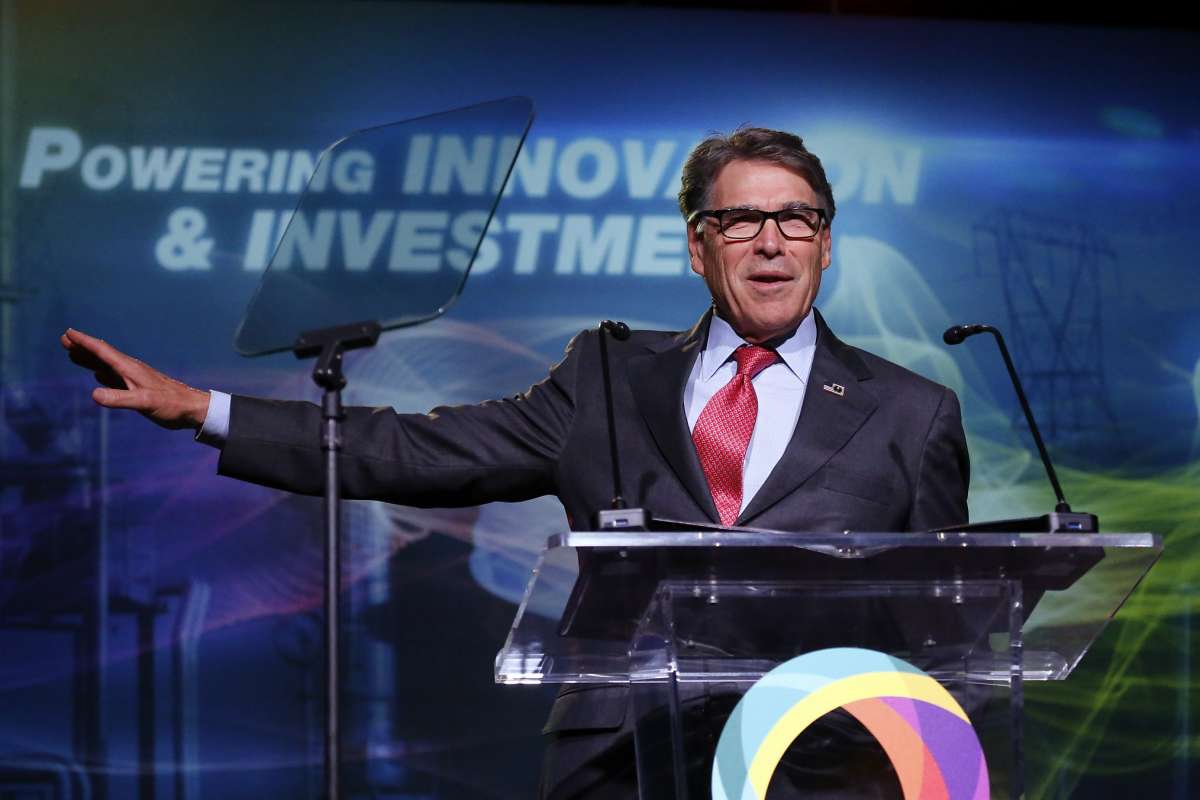hidden
Over 10 years experience of Traceability Solutions

By pharmatrax
Category: Technoloy
 No Comments
No Comments
Artificial intelligence’s potential, limits explored at Livermore lab event
Artificial intelligence, in the form of rapid collection and analysis of massive sets of biologic data, already has revolutionized medicine — by some estimates, the world’s fastest machines have processed more data in the past two years than in all of human history. But the technology needs to be much more powerful if it’s going to have real-world consequences for people with everything from traumatic brain injuries to cancer, kidney disease and Alzheimer’s.
That was the message Monday at a meeting of the country’s top scientists in brain and computational research at Lawrence Livermore National Laboratory, after which U.S. Energy Secretary Rick Perry signed an agreement with a major philanthropic foundation to promote formal partnerships between the Department of Energy and public and private institutions around the country.
Exactly what types of ventures the memorandum of understanding between the Energy Department and the Weill Family Foundation, based in New York, will support are not yet known. But the agreement could bolster a relatively new partnership between UCSF and scientists from the national labs in Livermore and Berkeley that is focused on processing enormous amounts of data from people with traumatic brain injuries, in hopes of developing better diagnostic equipment and even treatments.
“We have all this complex data, and the fact is that our current computing infrastructure doesn’t support us making the data as actionable as we would like,” said Dr. Geoffrey Manley, a neurosurgeon who leads traumatic brain injury research at UCSF. “Where this partnership (with the national labs) provides value, is these folks apply machine learning and AI and brute force computation that we really haven’t had access to.”
Specifically, the UCSF neuroscientists were able to work with computer scientists and engineers — using the Sierra supercomputer in Livermore, the second-fastest computing system in the world — to transform analysis of data collected from hundreds of patients as part of an ongoing traumatic brain injury study, which Manley co-heads. One particular computation that used to take the UCSF scientists nine hours to complete was done in two minutes and 37 seconds at the Livermore lab, Manley said.
Perry said at the start of Monday’s meeting that partnerships like the one between UCSF and the laboratories — plus further collaborations with private industry — are going to be critical to “change the world” with artificial intelligence.
“We can revolutionize treatments for everything from cancer to brain injury. The potential here is staggering,” Perry said. “I’m not sure any of us really has a grasp of just how broad and deep the impact can be.”



